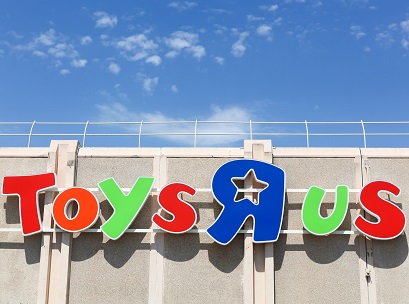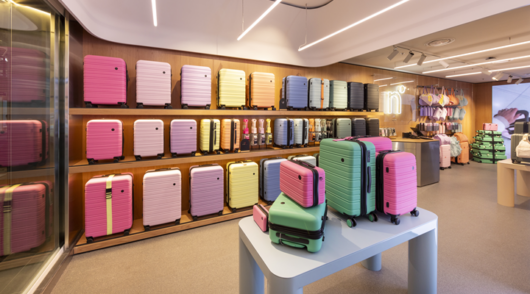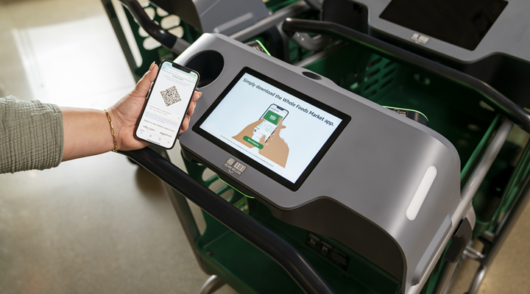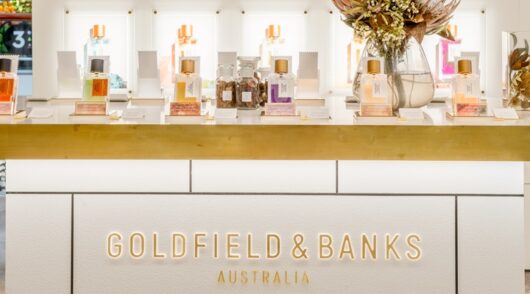
Toys ‘R’ Us has provided new details about its Australian relaunch strategy and how it plans to remain profitable in the market.
In June, the toy juggernaut announced a partnership with Hobby Warehouse to open small-format Toys ‘R’ Us stores in city centres in Australia and to relaunch Toys ‘R’ Us and Babies ‘R’ Us e-commerce sites in Australia and New Zealand.
And on Monday, the retailer, which is now owned by the US company, TRU Kids Brands, opened an online store on eBay Australia.
But that is just one part of the company’s broader bricks-and-mortar strategy which will include several large-format bricks-and-mortar stores to open outside of metropolitan areas along the eastern seaboard of Australia as early as 2020.
“We knew that eventually we wanted to get that experience back, because a lot of toys, and certainly high end toys, are experiential,” a Toys ‘R’ Us spokesperson told Inside Retail.
They likened the idea to international retailers such as Hamleys in London and Prague, FAO Schwartz in New York, or even Bass Pro Shops in the US – large footprint stores that act as destinations, encouraging customers to make the trip, try the products and spend the day.
“After that [we will open what] we call ‘retail-lite’ stores. They’re basically smaller footprint stores. All stock is on the floor, there’s no storage space out the back. It’s impulse items under $30 for sale there, and anything over $30 is buy-in-store, ship-to-home.”
The ‘retail-lite’ stores are at least 24 to 30 months away, according to the spokesperson. This gives the retailer time to get its logistics partnerships up to scratch. The spokesperson estimates that by the time these stores open “80 per cent of our post codes will be same-day delivery.”
“It [won’t be] a difficult thing to walk into a store at 9am for the order to be processed, and for the item to arrive at your home that evening, or the next morning.”
According to the spokesperson, initially there was no plan to open physical locations. As they said: Why sign 10-year leases with landlords when “half the shoppers aren’t going to walk into the store in five years time”?
“Look at Big W’s balance sheet. The biggest liability on their balance sheet isn’t their employees, or the long service leave, or holiday leave, or inventory. It’s liabilities for their rent to landlords,” the spokesperson said.
“Every time you open a store, you’ve got to have a very clear mindset to say we’re going to commit five years of rent as a liability on the balance sheet, which will prevent me from using my working capital for other things – buying new products, advertising, employing people.
“You have to be very clear as to why you’re going to open stores. They must have an absolute purpose.”
Digital backbone
The relaunched business aims to clarify the purpose of stores by linking them to a digital backbone. The Toys ‘R’ Us online store is already open, and products are now available on online marketplace eBay for purchase in Australia and New Zealand.
“For most major retailers who have got their head in the game, who are both physical and very sophisticated online, marketplaces and their own online can represent 40 per cent of their sales,” the spokesperson said.
“In the case of eBay or Amazon, there are nine million working Australians, and I’m going to guess they have significant reach into the smartphones and PCs of half of the working population.
“They’re important, but you choose them for solid reasons.”
A New Zealand first
Up until now, Toys ‘R’ Us hasn’t been available to a New Zealand consumer. The announcement that the brand would launch there was a surprise to global brand-owner TRU Kids, as well.
“When we said we would be launching in New Zealand as well, TRU Kids said ‘well, we’ve never sold there’. We said, ‘no, but we will’,” the spokesperson explained.
“We will launch with a dedicated .co.nz site, with local suppliers who will fulfil there. There are some great New Zealand specialist toy companies.”
There are no immediate plans for a bricks-and-mortar presence in New Zealand.
“[Opening a New Zealand store] will be unlikely,” the spokesperson said.
“The key thing is that we will make that decision based on sound data, geo-mapping locations, looking and digital footfall, and then we will make the call as to whether that’s the right thing to do.”
Stakeholders get on board
Since Hobby Warehouse picked up the Toys ‘R’ Us license, and announced its relaunch of the brand to the Australian and, for the first time, New Zealand market, it has seen “truly amazing” support from interested stakeholders.
“Over 80 new suppliers have approached us. Over 350 employees, with 250 of them being ex-Toys ‘R’ Us employees who have approached us. We’ve had landlords contacting us, it has been nothing but positive,” the spokesperson said.
The renewed business came about when the leaders of Hobby Warehouse tried to secure the digital rights to Toys ‘R’ Us Australia while the international business was going through the debt restructure that led to the closure of the local business.
“We had spoken to [administrators] McGrath Nicol, and we hadn’t been able to [secure the digital rights for Australia] because we needed the license, the rights to the IP in the country,” the spokesperson said.
“We then reached out to Toys ‘R’ Us Kids in the US and over the course of nine months went back and forward shaping what we believed would be the digital rebirth of Toys ‘R’ Us in this country.”
Access exclusive analysis, locked news and reports with Inside Retail Weekly. Subscribe today and get our premium print publication delivered to your door every week.





